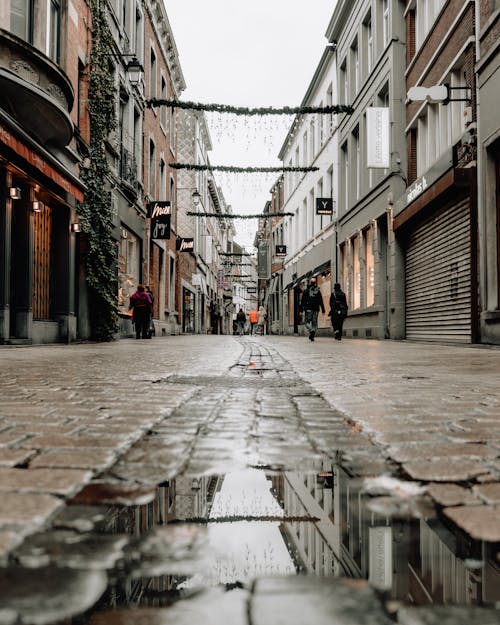Some Known Details About Framing Streets
Not known Facts About Framing Streets
Table of ContentsHow Framing Streets can Save You Time, Stress, and Money.Some Known Details About Framing Streets 8 Simple Techniques For Framing StreetsFraming Streets - TruthsThe Basic Principles Of Framing Streets Some Ideas on Framing Streets You Should Know
Digital photography genre "Crufts Dog Program 1968" by Tony Ray-Jones Street digital photography (additionally sometimes called honest digital photography) is photography conducted for art or questions that features unmediated opportunity experiences and random cases within public locations, generally with the objective of recording pictures at a crucial or poignant minute by careful framing and timing. 
How Framing Streets can Save You Time, Stress, and Money.
Susan Sontag, 1977 Road photography can concentrate on people and their behavior in public. In this respect, the road photographer resembles social docudrama digital photographers or photojournalists that likewise function in public areas, however with the goal of recording relevant events. Any of these digital photographers' images might catch individuals and residential or commercial property noticeable within or from public locations, which commonly requires browsing moral problems and legislations of personal privacy, security, and home.
Representations of daily public life form a style in nearly every period of world art, starting in the pre-historic, Sumerian, Egyptian and early Buddhist art durations. Art managing the life of the road, whether within views of cityscapes, or as the leading motif, shows up in the West in the canon of the Northern Renaissance, Baroque, Rococo, of Romanticism, Realism, Impressionism and Post-Impressionism.
Framing Streets - An Overview
Louis Daguerre: "Blvd du Holy place" (1838 or 1839) In 1838 or 1839 the very first photo of numbers in the street was taped by Louis-Jacques-Mand Daguerre in one of a pair of daguerreotype views taken from his workshop window of the Blvd du Temple in Paris. The 2nd, made at the height of the day, reveals an uninhabited stretch of road, while the various other was taken at concerning 8:00 am, and as Beaumont Newhall records, "The Blvd, so frequently loaded with a relocating throng of pedestrians and carriages was flawlessly singular, other than a person that was having his boots combed.
His boots and legs were well defined, but he is without body or head, due to the fact that these were in activity." Charles Ngre, waterseller Charles Ngre. https://www.cheaperseeker.com/u/framingstreets1 was the initial photographer to attain the technological elegance required to sign up individuals in movement on the road in Paris in 1851. Professional Photographer John Thomson, a Scotsman dealing with journalist and social protestor Adolphe Smith, published Street Life in London in twelve month-to-month installations starting in February 1877
Framing Streets for Beginners
Eugene Atget is considered as a progenitor, not due to the fact that he was the initial of his kind, but as a result of the popularisation in the late 1920s of his document of Parisian streets by Berenice Abbott, that was motivated to take on a comparable paperwork of New York City. [] As the city created, Atget aided to promote Parisian roads as a worthwhile topic for digital photography.

An Unbiased View of Framing Streets
Martin is the first videotaped digital photographer to do so in London with a masked video camera. Mass-Observation was a social research study organisation started in 1937 which intended to record everyday life in Britain and to tape the reactions of the 'man-in-the-street' to King Edward VIII's abdication in 1936 to wed separation Wallis Simpson, and the succession of George VI. In between 1946 and 1957 Le Groupe des XV yearly showed job of this kind. Andre Kertesz. Circus, Budapest, 19 May 1920 Street photography developed the major content of 2 events at the Museum of Modern Art (Mo, MA) in New York curated by Edward Steichen, Five French Photographers: Brassai; Cartier-Bresson, Doisneau, Ronis, Izis in 1951 to 1952, and Post-war European Photography in 1953, which exported the concept of road digital photography worldwide.

Rumored Buzz on Framing Streets
The recording machine was 'a surprise cam', a 35 mm Contax concealed under his layer, that was 'strapped to the breast and linked to a long wire strung down the best sleeve'. His work had little modern impact as due to Evans' sensitivities concerning the originality of his job and the privacy of his topics, it was not published up until 1966, in the book Numerous Are Called, with an intro created by James Agee in 1940.
Helen Levitt, then an educator of young kids, connected with Evans in 193839. She recorded the transitory chalk illustrations - photography presets that became part of youngsters's road culture in New york city at the time, along with the kids that made them. In July 1939, Mo, MA's brand-new photography section consisted of Levitt's operate in its inaugural eventRobert Frank's 1958 book,, was considerable; raw and usually indistinct, Frank's images questioned traditional digital photography of the moment, "tested all the official regulations set by Henri Cartier-Bresson and Pedestrian Evans" and "flew in the face of the wholesome pictorialism and sincere photojournalism of American magazines like LIFE and Time".